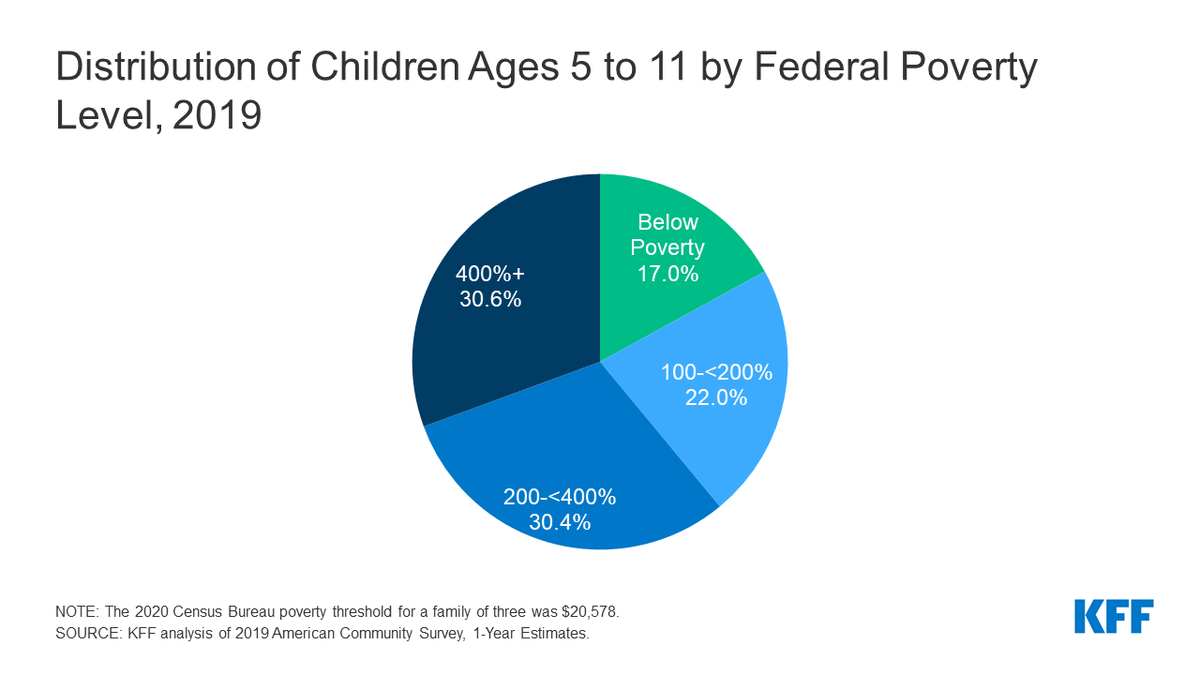
With reports suggesting that the administration may soon end the public health emergency (PHE) declaration for #Mpox, I thought I’d do a little review of the #PHE itself 🧵(1/x)
Here's the news report on this: politico.com/news/2022/11/3…)
Here's the news report on this: politico.com/news/2022/11/3…)
Most people probably became familiar with the PHE declaration when first declared for #COVID in January 2020. It has been an important tool in the nation’s response to COVID and its end will have significant implications, as we explore here. (2/x) kff.org/coronavirus-co…
But the origin of the Section 319 PHE was a 1983 amendment to the PHSA. Believe it or not, the bill was introduced in April of 1983 and passed and signed into law by July of that year! (the good old days?) (3/x) govinfo.gov/content/pkg/US…
A Section 319 PHE declaration allows the Secretary of HHS to determine that a disease/disorder presents a public health emergency or that a PHE, including significant outbreaks of infectious disease or bioterrorist attacks, exists. It lasts for 90 days but can be renewed. (4/x)
The declaration enables HHS to do a number of things such as make grants, providing supplies and services, access certain funds, waive/modify certain Medicare, Medicaid, CHIP and HIPAA requirements, etc. (5/x)
aspr.hhs.gov/legal/PHE/Page…
aspr.hhs.gov/legal/PHE/Page…
The first Section 319 PHE declaration appears to have been made by Secretary Tommy Thompson in response to the September 11 attacks. Since then, there have been an additional 83 PHE declarations, many of which were renewed, including some multiple times. (6/x)
Most PHE declarations have been made to respond to weather-related events (hurricanes, floods, wildfires, etc). These total 77 (some of which were briefly renewed) and all are geographically specific (7/x).
The first PHE declaration made for an infectious diseases was in 2009 for the H1N1 outbreak (renewed 4 times). Next:
*Zika, 2016: first for Puerto Rico, then nationally (renewed 2 times)
*COVID, 2020 (renewed 11 times and ongoing)
*Mpox in 2022 (renewed 1 time and ongoing) (8/x)
*Zika, 2016: first for Puerto Rico, then nationally (renewed 2 times)
*COVID, 2020 (renewed 11 times and ongoing)
*Mpox in 2022 (renewed 1 time and ongoing) (8/x)
The winner though, in terms of most renewals/longest duration, is the #Opioid Crisis, first declared to be a PHE in 2017 and renewed 20 times since and ongoing. (9/x)
The PHE flexibilities for COVID have been most extensive, given the enormity of the pandemic. For Mpox, it has allowed for flexibility and drawn attention to the outbreak. Given the dramatic drop in Mpox cases, it's not a surprise that ending the PHE is being considered. (10/end) 

• • •
Missing some Tweet in this thread? You can try to
force a refresh








